Sifang Street Square in Lijiang Old Town
Sifang Street (四方街) is located in the center of Lijiang Old Town (丽江古城), with convenient transportation and tranquil alleys surrounding it. It is said to have been built during the Ming Dynasty (明代) by the Mu clan (木氏) according to the shape of its seal. This area serves as the most important hub on the Ancient Tea Horse Road (茶马古道). Since the Ming and Qing dynasties (明清), merchants from various regions have gathered here, making it a center for cultural exchange among different ethnic groups in Lijiang (丽江).
Sifang Street is famous for its unique streetscape, featuring colorful stone pavements, clear water washing the streets, bustling markets during the day, and the vibrant scene of cleaning in the evening. Six colorful stone streets radiate outwards from the square, connecting various alleys and making transportation exceptionally convenient.
Basic Information
- Chinese Name: 四方街
- Location: Lijiang Old Town, Lijiang City (丽江市古城区)
- Opening Hours: Open all day
- Admission Fee: Free
- Area: Approximately 6 acres
- Country: China (中国)
- City: Lijiang, Yunnan Province (云南省丽江市)
- Recommended Duration: 2 hours
- Best Season to Visit: All year round
Practical Information
- Best Time to Visit: January to December; all seasons are suitable. Spring is lovely with blooming flowers, summer offers a cool escape, autumn has refreshing air, and winter boasts abundant sunshine.
- Clothing Essentials: Lijiang has strong ultraviolet rays; sunglasses and sunscreen are essential. A hat (preferably covering the ears) or a large scarf can also provide sun protection. If hiking, bring gloves (for riding and cold weather) and warm, lightweight shoes. Additionally, a lightweight backpack, face masks, basic skincare products, a good quality suitcase, and a camera can enhance your trip.
Sifang Street Details
Located in the ancient area of Lijiang City, Sifang Street showcases numerous historical relics and a rich cultural heritage, making it one of the best-preserved and most ethnically distinctive ancient towns in China. In 1986, it was recognized as a Historical and Cultural City by the State Council, and in 1997, it was officially included in the UNESCO World Heritage List, becoming one of the first world cultural heritage cities in China with a shared responsibility for protection.
Sifang Street serves as the heart of the old town, bustling with trade and cultural exchange. The area is characterized by traditional architecture with features from the Ming and Qing dynasties.
Street Scenery
The deep alleys of Sifang Street allow people to enter the city from various directions through streets, paths, and even narrow mountain trails. Lijiang is a city in harmony with flowing water, similar to Venice; however, the waterways in Dayan Town (大研镇) are artificially designed. The original river, Zhonghe River (中河), runs through the town and has been developed into the Western River (西河) and Eastern River (东河), branching out like the trunk and branches of a tree. Residents can even drink this spring water directly.
Sifang Street is designed as a trapezoidal square, slightly elevated in the center with lower sides, resembling a large tile.
River System
A river is located to the west of the square, featuring a sluice gate. Every evening, when the market closes, residents close the sluice gate, causing the water level to rise and flow over the square according to the sloped tile shape, draining into the surrounding sewage ditches. Each side of the square has a 30 cm wide and 45 cm deep sewage ditch, connecting to the drainage system of the surrounding courtyards, forming a complete sewage system that keeps Sifang Street clean.
Attraction Highlights
Sifang Street, covering approximately 6 acres, resembles a square seal of a governor, hence its name. It serves as a major gathering place for people and goods, a hub for trade and commerce, showcasing the vibrant life of Lijiang.
The unique streetscape features colorful stone pavements and clean water washing the streets. Surrounded by six colorful flower stone streets, Sifang Street is a vital center for Lijiang’s economy and culture, echoing the grandeur of the “Qingming Shanghe Tu” (清明上河图).
The old town still retains much of its Ming and Qing architectural features, with traditional houses featuring intricate carvings of flowers, birds, and animals. The residents have a love for planting flowers and nurturing bonsai, earning Lijiang the nickname “A City Where Flowers Bloom Everywhere” (丽郡从来喜植树,山城无处不飞花).
Evening Atmosphere
At night, Sifang Street is enveloped in a warm, peaceful atmosphere. Reflections of red lanterns sway in the river, creating a picturesque scene. The area is the center of trade and social activity, bustling with people. The main streets extend from Sifang Street in all directions, branching off into various alleys, creating a web of pathways.
Historical and Cultural Background
Historically, Sifang Street has been a marketplace. Lijiang Old Town was established in the late Song Dynasty (宋末) and the early Yuan Dynasty (元初), showcasing a harmonious coexistence of Han (汉), Naxi (纳西), Tibetan (藏), Bai (白), and other ethnic groups. In December 1997, Lijiang Old Town was added to the World Heritage List, filling the gap of no historical cultural cities in China’s heritage.
Over the past decade, Lijiang’s efforts to protect its heritage while promoting tourism have garnered attention from UNESCO, illustrating a new approach to the common challenges faced in cultural heritage preservation worldwide. However, rapid tourism development has led to the out-migration of local residents, a clash of traditional cultures, and environmental changes. The city continues to seek a delicate balance between protection and utilization amidst ongoing discussions of “overdevelopment” and “excessive commercialization.”
Tourism Resources
Sifang Street is also known for its street food, with dozens of small restaurants offering a variety of Yunnan-style rice noodles, making it famously known as “Lijiang Rice Noodle Street” (丽江米线街).
How to Get There
- Public Transport: Take bus 44 to reach Sifang Street.
- Taxi: Taxis are abundant in Lijiang. The daytime starting fare is 6 RMB, with an additional 1.6 RMB per kilometer. The starting fare for Santanas is 7 RMB, with 1.8 RMB per kilometer. Night fares start at 11 RMB. Major taxi stops are located near the intersection of the old and new towns, particularly around Yulong Bridge (玉龙桥) and the Lijiang Dongba Cultural International Exchange Center.
Travel Tips
- Timing: Visit during the early morning to experience local Naxi dances and the vibrant atmosphere.
- Clothing: Due to strong UV rays, be sure to wear sun protection.
- Hydration: Keep hydrated, especially if you’re exploring the alleys and streets extensively.
- Cultural Respect: Be mindful of local customs and practices, especially in more residential areas.
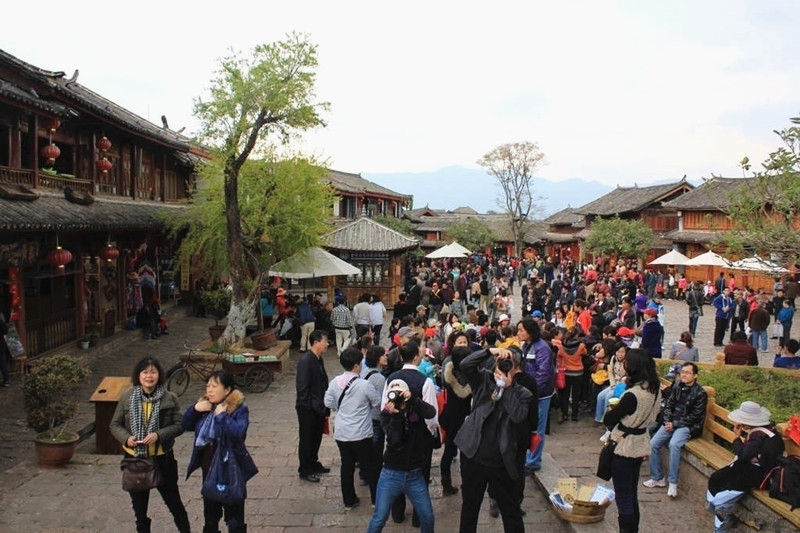
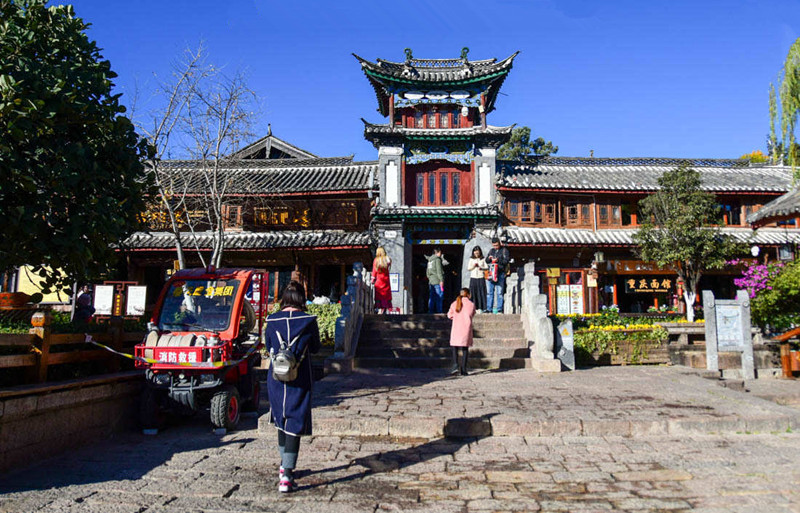
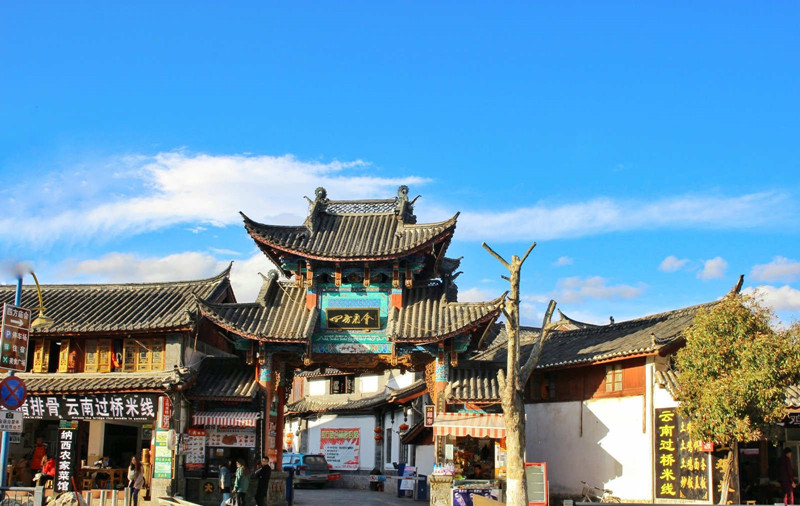
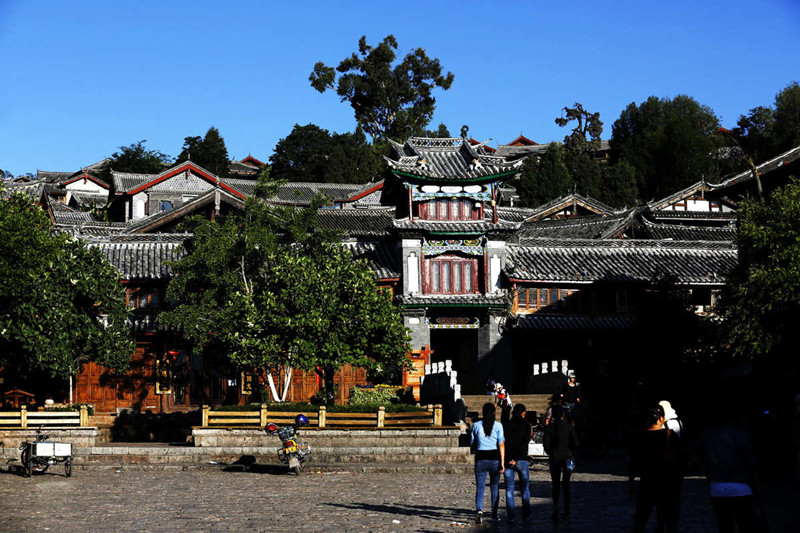
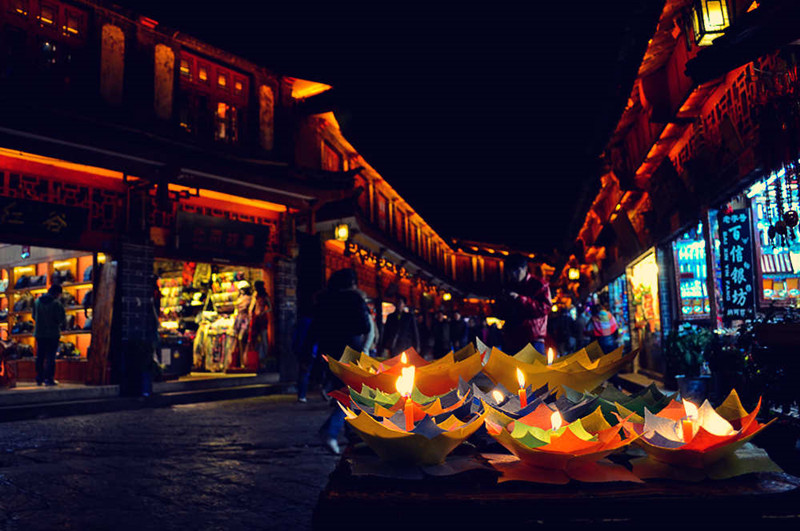
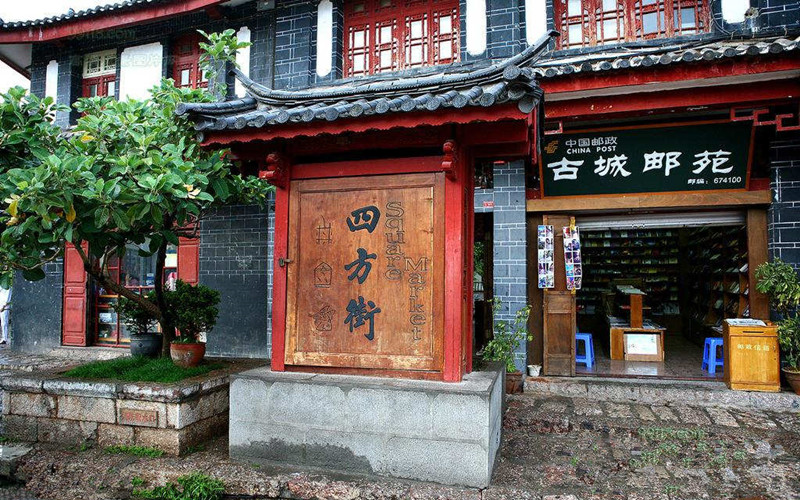

 7 Days GolfingTour
7 Days GolfingTour
 8 Days Group Tour
8 Days Group Tour
 8 Days Yunnan Tour
8 Days Yunnan Tour
 7 Days Shangri La Hiking
7 Days Shangri La Hiking
 11 Days Yunnan Tour
11 Days Yunnan Tour
 6 Days Yuanyang Terraces
6 Days Yuanyang Terraces
 11 Days Yunnan Tour
11 Days Yunnan Tour
 8 Days South Yunnan
8 Days South Yunnan
 7 Days Tea Tour
7 Days Tea Tour
 8 Days Muslim Tour
8 Days Muslim Tour
 12 Days Self-Driving
12 Days Self-Driving
 4 Days Haba Climbing
4 Days Haba Climbing
 Tiger Leaping Gorge
Tiger Leaping Gorge
 Stone Forest
Stone Forest
 Yunnan-Tibet
Yunnan-Tibet
 Hani Rice Terraces
Hani Rice Terraces
 Kunming
Kunming
 Lijiang
Lijiang
 Shangri-la
Shangri-la
 Dali
Dali
 XishuangBanna
XishuangBanna
 Honghe
Honghe
 Kunming
Kunming
 Lijiang
Lijiang
 Shangri-la
Shangri-la
 Yuanyang Rice Terraces
Yuanyang Rice Terraces
 Nujiang
Nujiang
 XishuangBanna
XishuangBanna
 Spring City Golf
Spring City Golf
 Snow Mountain Golf
Snow Mountain Golf
 Stone Mountain Golf
Stone Mountain Golf















